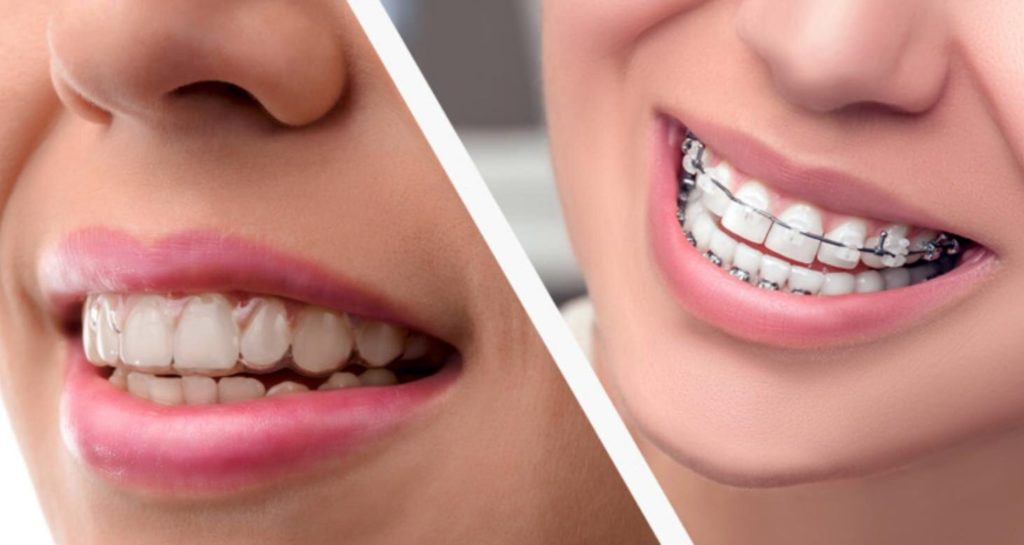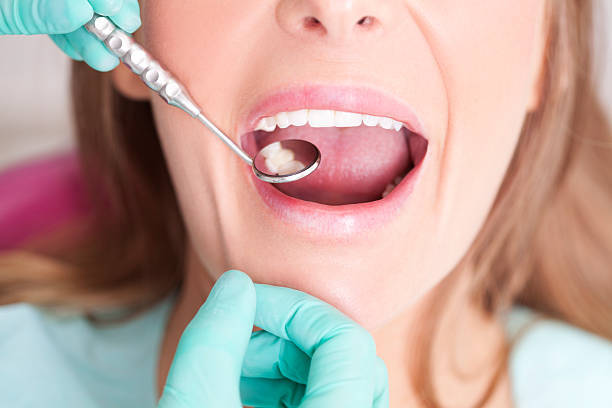August 31, 2023
Did you know that as many as 75% of children could benefit from braces?
It’s crucial to do everything you can to improve your child’s dental care and oral health. Are you wondering if your child needs braces to ensure straight teeth and a healthy smile?
Read on to discover ways to find the best orthodontist near you.
Double-Check Qualifications and Credentials
Are you stumped about where to begin your search for the right orthodontist? If so, you should know how important it is to pick someone who is well-trained and boasts the right qualifications. You should find an orthodontist who has finished all the schooling and training needed to care for teeth.
Are you unsure how to tell who is qualified and who isn’t? It’s a good idea to check if they have the proper documents. For instance, most established dentists have their educational achievements framed on their office walls.
Also, see if they’re part of influential groups like the American Association of Orthodontists. This helps you know they’re a good choice and can give your child the best care.
You and your child will have peace of mind by going the extra mile and confirming their skills. This fact can even help your kid know that they’re in safe hands before undergoing any orthodontic treatment.
At Southshore Orthodontics, Dr. Matt Ahrens and Dr. Mary Shehata are board-certified, and professional affiliations include the American Association of Orthodontists and the Florida Dental Association.
Oral Care Experience Can Make a Huge Difference
Are you still hesitant about your dentist options? Experience counts when it comes to taking care of your child’s teeth. It’s better to go for an orthodontist who has worked with kids for a long time.
This is because they know how to make kids feel comfortable and unafraid. They also know the best ways to treat dental problems most associated with children.
When choosing an orthodontist, look for someone with a long track record working with children. They’ll know what to do to make the treatment go well.
From using lollipops to kneeling to their level, an experienced orthodontist can handle any issues that might come up. Instead of having to reschedule, they can soothe your child’s worries.
This makes the whole process smoother for everyone involved. The dentist should take the time to answer your questions and tell you what to expect.
Comprehensive Services Ensure Customization
Getting the right care for your child’s teeth can make all the difference. That’s why it’s a good idea to pick an orthodontist who offers many treatment options. When an orthodontist has comprehensive services, you can choose between different options for making your child’s teeth better.
For example, some kids might need traditional braces with metal wires. Others may prefer clear aligners that are less noticeable. Having choices means you and your child can decide together what works best for their situation.
Having comprehensive services also means the dentist can create a treatment plan that fits your child’s unique needs. They’ll know which treatment will work better for your child’s teeth.
It should never be a one-size-fits-all approach. Instead, you should expect a treatment plan tailored for your kid.
Another good thing about comprehensive services is that the orthodontist can adjust the plan. This will help if your child’s needs change during treatment. Since they have different options to choose from, they can find the best way to help your child’s teeth stay on track.
At SouthShore Orthodontics we specialize in skilled pediatric care. Our expert orthodontists will take the time to assess your child’s unique situation to provide a personalized treatment plan.
The Consultation Is a Vital Step Toward Straight Teeth
At some point in your search, you’ll have a list of your top dentist options. Prioritize an orthodontist who values open communication and provides a thorough consultation.
During the consultation, the orthodontist should assess your child’s oral health and discuss potential treatment plans. They should have no problem addressing any questions or concerns you may have. This is also an excellent opportunity to see how they interact with your pride and joy.
Effective communication ensures that you and your child understand the treatment process and what you should anticipate.
Our comprehensive consultations at SouthShore Orthodontics include an x-ray and a customized treatment plan!
See What Other Parents Have Said About Orthodontic Care
Before jumping into a decision, take the time to read reviews from other parents and patients.
Positive feedback can provide insights into the quality of care and the orthodontist’s approach to treatment. Negative reviews are also worth reading because they help recognize possible red flags.
We’re proud to provide the best care in Riverview, Fla. — the proof is in our patient testimonials.
Look for a Convenient Location for Braces in Tampa, Florida
Orthodontic treatment often calls for several or more appointments over an extended period.
Choosing an orthodontist with a convenient office location and flexible scheduling options can simplify the treatment journey. Consider an orthodontist whose office is accessible from home, work, or your child’s school.
Financial Considerations for Invisalign in Riverview
There’s no denying that orthodontic treatment is a long-term investment in your child’s oral health and confidence. Before finalizing your choice, ask about the cost of treatment.
You should also find out about available payment plans. It’s important to know whether the orthodontist accepts your insurance or not.
A transparent discussion about financial matters helps you plan for the cost of treatment without any surprises.
Are You Ready to See the Best Orthodontist in Tampa?
SouthShore Orthodontics is here to help. Our board-certified, experienced dentists use the latest and greatest technology to provide the most thorough orthodontic care. We take our time to provide a personalized treatment plan to fit your child’s unique needs. Plus, we offer flexible payment plans and financing options to fit every budget.
We’d love to see your kid smile, so schedule an appointment with SouthShore Orthodontics today.










